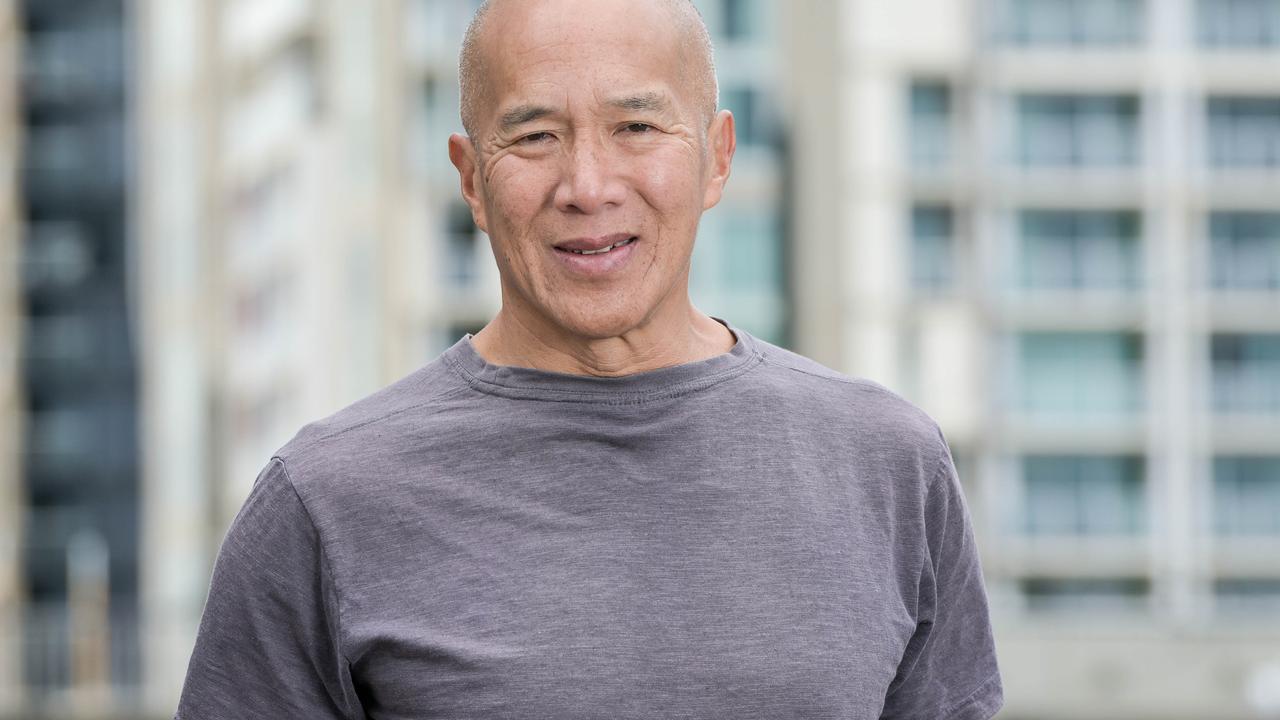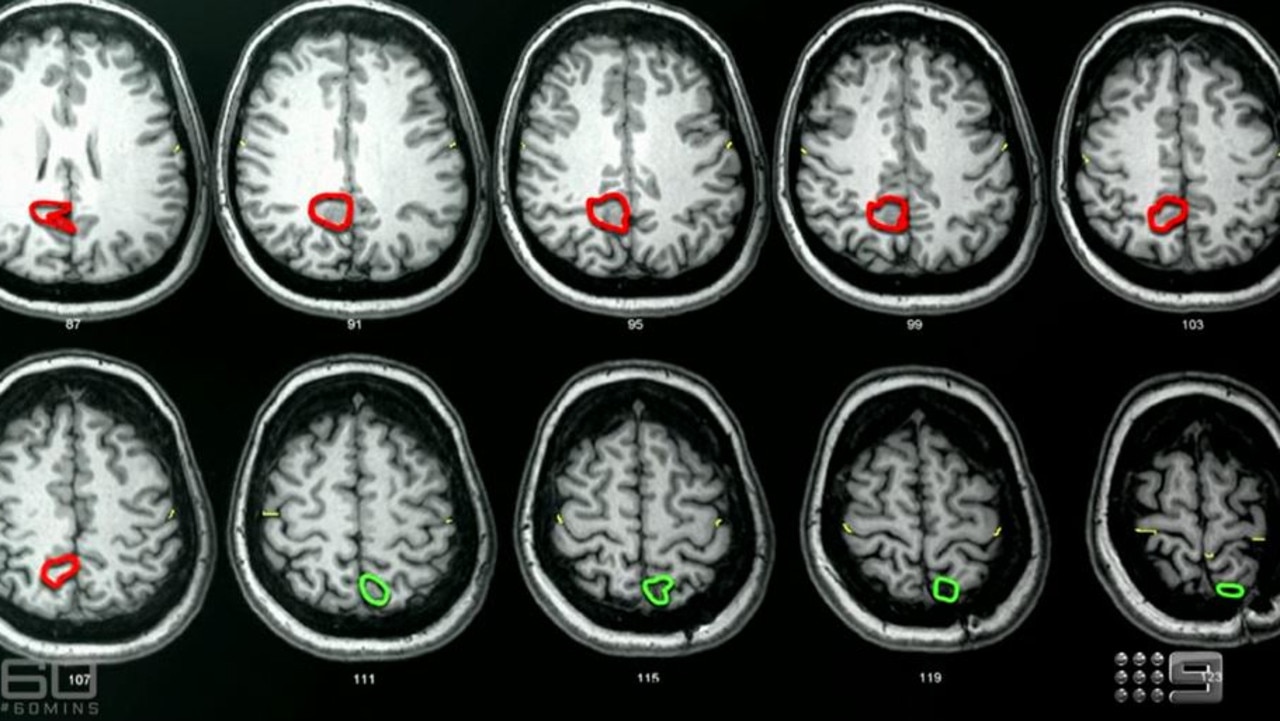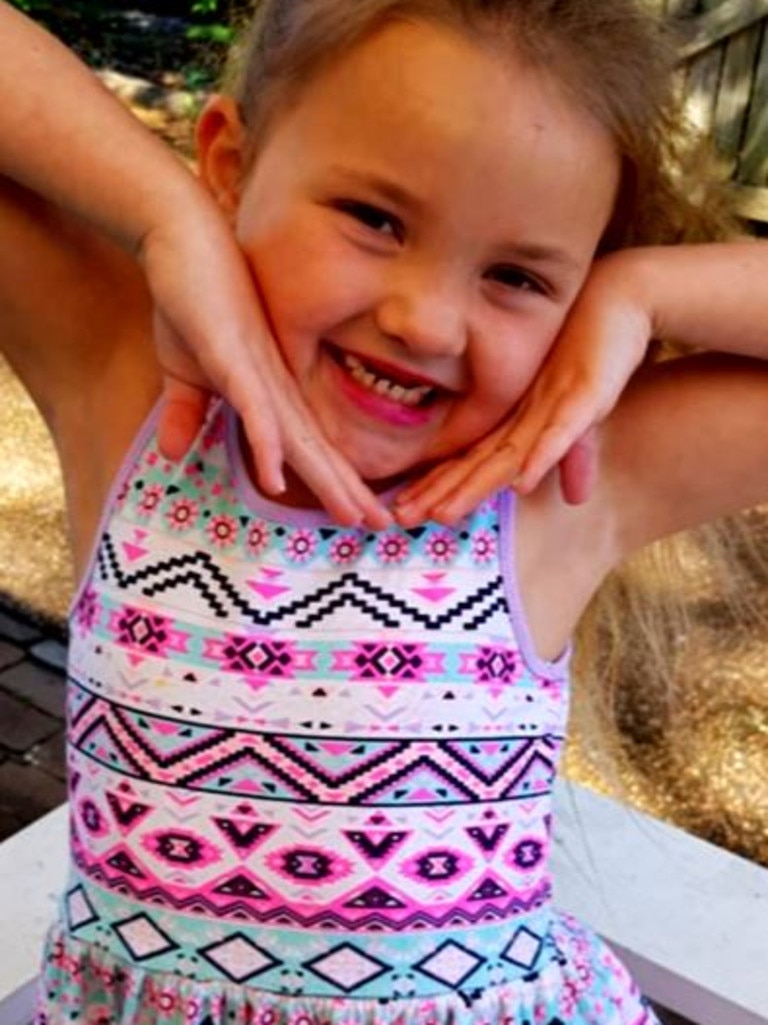Families claim Dr Charlie Teo gave patients false hope
Families claim neurosurgeon Charlie Teo charged large sums for ultimately futile operations that left some patients injured.
Families of the patients of neurosurgeon Charlie Teo claim he charged large sums of money for ultimately futile operations that left patients catastrophically injured.
A joint investigation, conducted by 60 Minutes and Nine newspapers, involved interviews with multiple families who were furious about the large financial burdens they endured, and being given what they characterised as false hope.
On Sunday night’s edition of 60 Minutes, the program aired comments from a number of the families in question.
While Dr Teo has many grateful patients with good outcomes, his willingness to operate on tumours that other doctors insist are inoperable has stirred controversy.
Speaking to The Daily Telegraph in the past week, Dr Teo defended his decision-making.
“Once you start exploring and looking for advancements, you are going to get some bad outcomes, some terrible outcomes, which I have had,” he said.
“You are also going to have patients that do very well, that get more months or years on their lives and get to enjoy life.”
He said he was suffering “persecution by jealous colleagues and vilification by a particular media outlet”.
“The message is loud and clear that, if you offer contrary second opinions and don’t toe the party line, we’ll come gunning for you.”
Want to stream your news? Flash lets you stream 25+ news channels in 1 place. New to Flash? Try 1 month free. Offer ends 31 October, 2022 >

‘I trusted him’
One patient, Michelle Smith, was 19 years old when Dr Teo operated on her. She was convinced he was the only one who could cure her of her epileptic seizures, which were caused by a brain tumour.
According to Ms Smith and her mother, Dr Teo told them removing the tumour would be “easy”. Weeks after the surgery, at a check-up, he allegedly said “everything’s great” and told Ms Smith she could stop taking her medication.
A decade after going under the knife of Dr Charlie Teo to remove a brain tumour, Michelle Smith made a horrific discovery; the neurosurgeon had actually operated on the wrong side of her brain. #60Minspic.twitter.com/YnBCqhCDfz
— 60 Minutes Australia (@60Mins) October 23, 2022
But as the subsequent years passed, her seizures became more frequent.
“The seizures got worse,” Ms Smith told the program.
“I lost my employment, I’d had a few jobs here and there.
“I had a seizure behind the wheel and hit two parked cars, writing off three cars.”
After a scan in 2014, other doctors said Dr Teo had operated on the wrong side of Ms Smith’s brain, meaning none of the tumour had been removed. This scan is shown in the image below: the red circles allegedly show the location of the tumour; the green circles show where Dr Teo operated.
“The previous operation was done on the wrong side of the brain and that’s why the normal brain tissue was removed, it was nowhere near the tumour,” Ms Smith said.
“To find out that he didn’t even touch it, I just felt violated in a way. I trusted him.”
Speaking to The Telegraph, Dr Teo said he had “never, ever operated on the wrong side of the brain” in his career.
“It was a novel approach to a tumour in a difficult location to reduce the risk of the procedure,” he said of Ms Smith’s case.
“The approach is well documented in the literature and is called a contralateral trans-falcine approach to mesial inter-hemispheric lesions.
“Ms Smith awoke in excellent neurological condition and was seizure free at her post-op visit.”
Ms Smith sued Dr Teo for professional negligence in 2019. The case was settled out of court.


‘Why give false hope?’
Prasanta Barman’s young son Mikolaj was another of Dr Teo’s patients. When the boy was diagnosed with a diffuse intrinsic pontine glioma (DIPG) – an inoperable type of tumour found on the brain stem – Mr Barman turned to the neurosurgeon for help, and was told there was a “very high likelihood of (a) cure”.
“If all goes as planned, the surgery should be curative, as we should be able to remove the entire thing. This means that prognosis would be excellent,” Dr Teo’s office said in an email in 2018.
Two Indian neurosurgeons had told the family there was “no treatment for this type of tumour”. When Mr Barman asked Dr Teo to double-check Mikolaj’s MRIs, the doctor’s recommendation remained unchanged.
A leading American paediatric neurosurgeon, Professor Mark Souweidane, has researched DIPGs for more than 20 years. He told the investigation surgery is never an option for DIPGs and any attempt to operate would be “incomprehensible”.
“To go in and remove that area would remove the very part of the brain that keeps you alive,” Prof Souweidane said.
Through a combination of his own savings, retirement fund and crowd-funding from the local community, Mr Barman paid the $80,000 required for the operation.
Dr Teo met Mikolaj for the first time as he was being wheeled into the operating theatre, and 30 minutes before the surgery, he informed the family that he might not be able to remove the entire tumour.
After the surgery, Mikolaj was bedridden. He never walked, talked or ate on his own again.
Mr Barman told 60 Minutes he regretted having his son undergo the operation.
“Afterwards, he was in the bed, he cannot play, he can just blink his eyes,” the father said.
Mikolaj died less than a year later.
“There was no hope. For a DIPG, there is no hope. So why give the false hope in the first place?” Mr Barman asked. He said he felt guilty for putting his son through the ordeal.


‘Mate, this is really bad’
Just a year after Mikolaj’s death, another family was facing a DIPG diagnosis – it concerned Gene Howard and Sarah Higginbottom‘s seven-year-old daughter, Bella. Doctors in Newcastle told the family palliative care was the only option.
Dr Teo offered to operate the day after having a consultation with the family – however it would cost $100,000, and $50,000 needed to be in his bank account that night.
“We were trying to figure out how to get it ourselves, but even to get a loan it takes weeks, even friends that have lots of equity – for them to get a loan it takes weeks. I wasn’t ever stopping until we got that money,” said Mr Howard.
The operation did take place, with Mr Howard’s boss loaning him the funds, but after Bella’s 12-week scan Dr Teo rang with some devastating news.
“Mate, this is really bad. The scan’s come back, it’s grown … probably three times as big as what it originally was,” Dr Teo said, according to Mr Howard.
Bella died in January of 2021.

In a written response to questions from the investigation about his DIPG operations, a spokesman for the neurosurgeon said: “Diffuse Intrinsic Pontine Glioma (DIPG)/Diffuse Midline Glioma (DMG) is the most aggressive childhood brain cancer. It is incurable and is truly inoperable. Dr Charlie Teo has never operated on a pure DIPG/DMG, and has never recommended surgery on such a tumour.”
While Dr Teo declined a request for an interview with the joint investigation, he told The Daily Telegraph that “misinformation is rife, even among neurosurgeons in Australia and around the world”.
“All these authorities are saying Teo is operating when he shouldn’t. No, they have got it all wrong,” he said.
In 2021, Teo had restrictions placed on his ability to perform brain stem operations and also faces a disciplinary hearing over two poor surgical outcomes. One of them was a DIPG.



